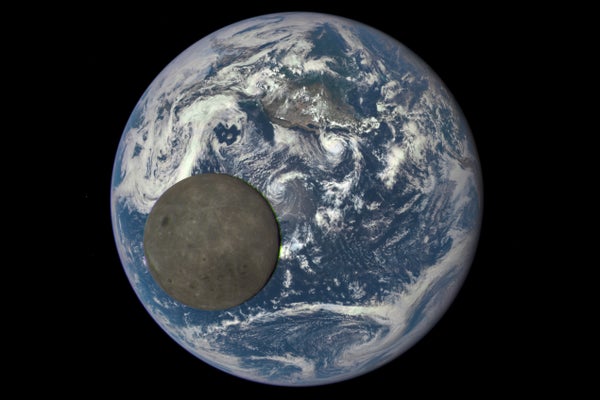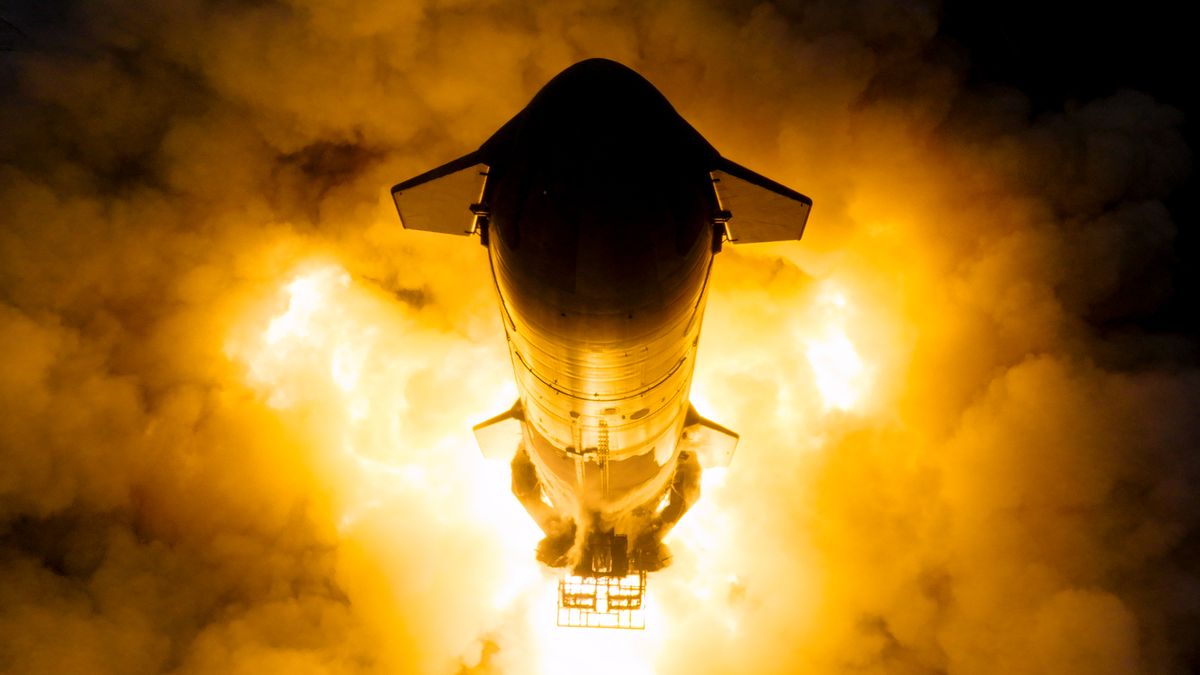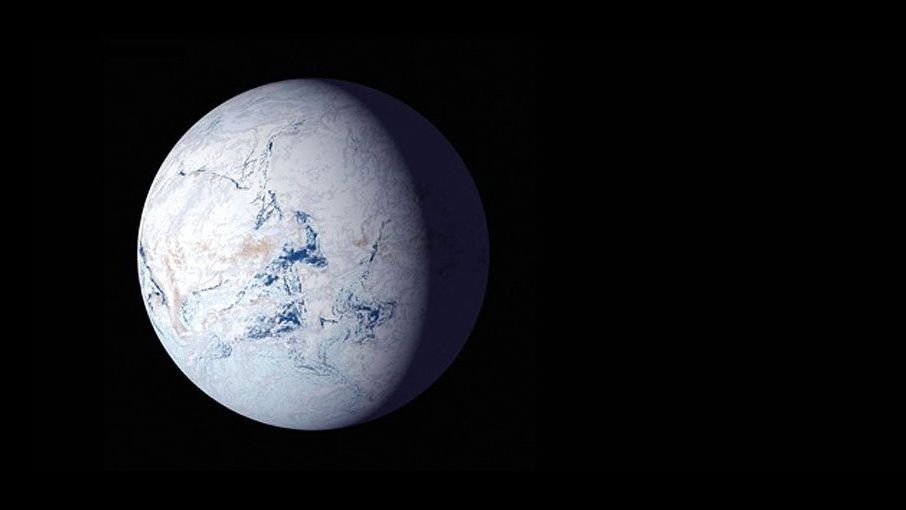It’s Time for a Nature Preserve—On the Moon
The far side of the moon holds the keys to the future of radio astronomy. We must maintain its pristine silence to benefit everyone
Humanity didn’t get its first look at the far side of the moon until 1959. Locked away from earthly view by tidal forces, grainy Soviet Luna 3 pictures revealed a pockmarked surface, one far different than the lunar face. Today, the lunar far side is the most radio-quiet region in the nearby solar system, blocked from Earth’s incessant radio emissions by the vast bulk of the moon’s body—the perfect platform to study the deepest corners of the radio universe.
But this sublime quiet won’t last for long. Government and private actors have reawakened to the moon’s intrigue, last closed with the Apollo era’s ending more than 50 years ago. NASA has its ambitious Artemis campaign to land a crew near the lunar south pole. The Chinese space agency already has an active rover on the far side. And private companies are sending their own missions.
These endeavors are absolutely exciting (and necessary if we are to advance farther into the solar system), but they (and others like them) pose a tremendous risk to the scientific value offered by the lunar far side. To protect this otherworldly treasure, we should encourage governments to declare the far side of the moon as the first globally recognized off-world nature preserve, its use limited strictly to scientific endeavors with minimal human involvement.
On supporting science journalism
If you’re enjoying this article, consider supporting our award-winning journalism by subscribing. By purchasing a subscription you are helping to ensure the future of impactful stories about the discoveries and ideas shaping our world today.
In March 2024 the International Academy of Astronautics held its first Moon Farside Protection Symposium. That symposium built on conversations and informal agreements hammered out in decades past, like an International Telecommunication Union resolution to limit radio activity across several frequency bands on the far side. Those measures lack legal enforcement, and even if followed they don’t go nearly far enough in protecting the science we need to achieve on the moon.
Astronomers rely on radio signals for a vast array of investigations. For example, cosmologists have been chasing the faint radio signal from the cosmic “dark ages”—the time before the appearance of the first stars—for decades. Astrobiologists wish to measure the abundance and properties of the vast array of prebiotic molecules—the building blocks of life—floating through interstellar space; which are only detectable by their faint radio emissions that reveal where they are distributed and what conditions create them. Astronomers engaged in planetary defense nervously watch the skies, wishing we could use radio emissions to better map and measure the asteroids that roam the inner solar system. And searchers for extraterrestrial intelligence want to hunt for the faintest radio signals, surveying a much larger search volume than we can currently access.
These ambitious goals require extremely quiet radio environments on terra firma, where the astronomical instruments reside. Today such silence is not found anywhere on Earth, even in the deepest deserts. Humanity is simply too loud, our cacophony bouncing off the ionosphere and leaking into the farthest reaches of the globe.
The lunar far side is meanwhile blissfully quiet, the perfect place to build our next generation of radio instruments. Plans abound, from a self-deploying radio assembly that turns a crater into the largest radio dish humanity has ever seen to an array of thousands of antennae spread across 200 square kilometers—an area slightly larger than Washington, DC.
Antarctica offers a successful precedent here. The 1961 Antarctic Treaty ensured that the southernmost continent would only be used for peaceful purposes. Today, several governments maintain scientific missions there, including the U.S. National Science Foundation’s gigantic IceCube telescope located at the geographic south pole—the only place in the world where such a telescope could operate, thanks to this preservation status.
Ironically, building a sophisticated radio observatory on the lunar far side would threaten its treasured radio silence. No easy task, construction of multiple overlapping facilities would require communications that would fill the silence there with cacophony. Noise from any one installation, which would by necessity emit copious amounts of radio communication back to Earth, might spoil the fun for everybody else.
Therefore we need safeguards now, so that we can properly design and deploy any future missions, establishing the necessary restrictions and provisions as early as possible. Time is of the essence, since robotic and crewed activities on the moon will expand well into the future. We cannot wait until Artemis astronauts are already laying the groundwork for continuous lunar habitation, or dozens of private companies start operations on the surface.
We are now seeing how governments and scientists are scrambling to address the havoc caused by the proliferation of communication satellite mega constellations. We cannot assume that future progress in space will mirror the slow and steady pace of generations past. As dire as it sounds, we have to act now before it’s too late.
We must preserve and protect this precious gift that nature has given us. Because radio astronomy developed in parallel with the use of radio communication, we have never had the ability to observe the radio universe free from almost all human interference. The lunar far side has been inaccessible to humans for ages, and it should stay that way.
This is an opinion and analysis article, and the views expressed by the author or authors are not necessarily those of Scientific American.














